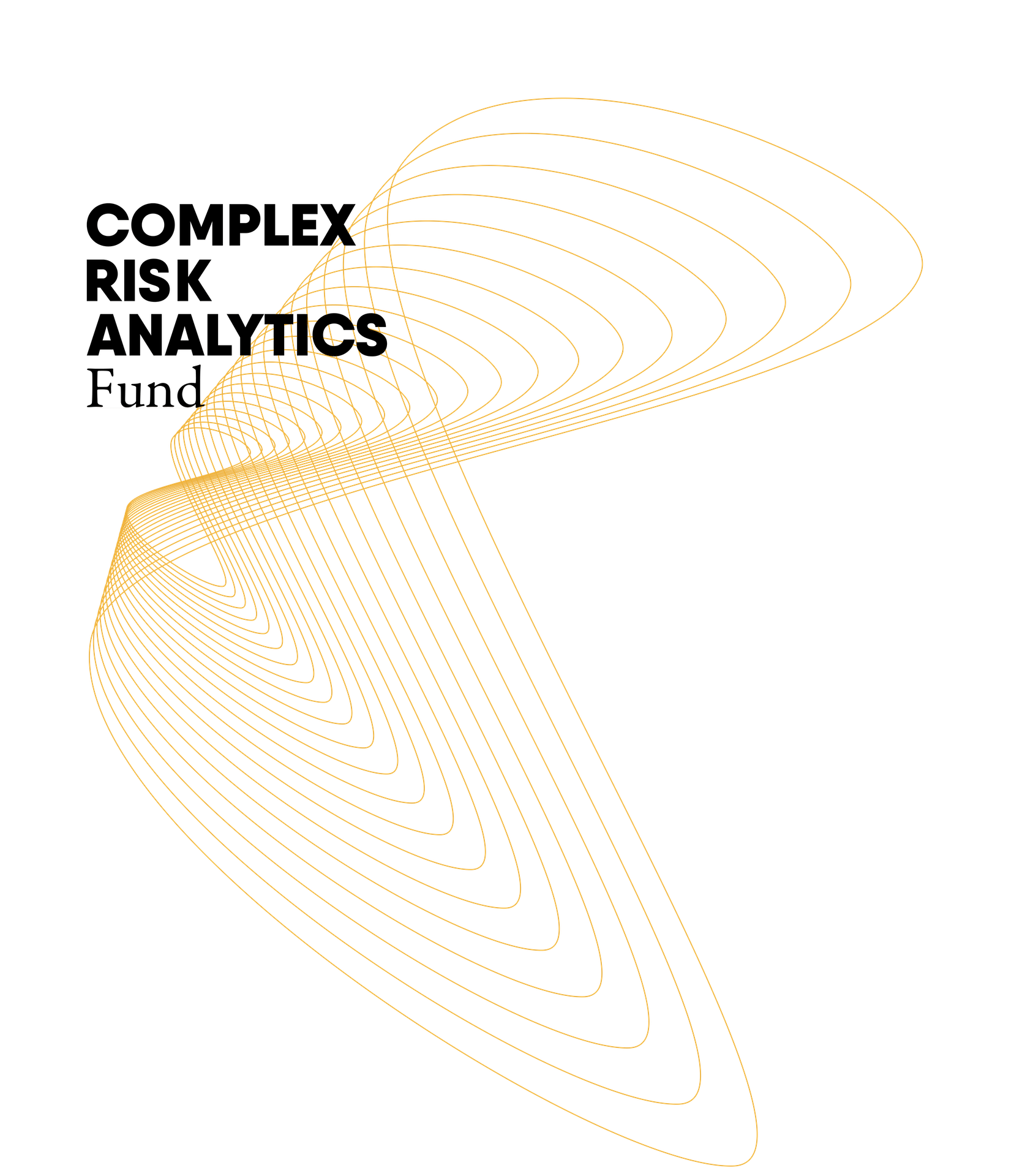About VIEWS-PIN
VIEWS-PIN is an academic research project set to provide early warnings of the need for humanitarian assistance for all months in a rolling three-year forecasting window, for all Low and Middle Income Countries (LMICs).
Forecasts of humanitarian need will be made publicly available for decision-makers and stakeholders through our interactive dashboard and website, contributing to allocating resources where most needed, and improving the relevance,
timeliness, and cost-efficiency of forward-looking policies aimed at minimising human sufferings.
The project will also produce policy reports on the expected trends and patterns of humanitarian need, academic publications shedding light on the drivers of need, analytics and visual tools to enhance the understanding of the results,
and new evaluation metrics to comprehensively assess the predictive performance of the forecasting models.
VIEWS-PIN is funded by the
Complex Risk Analytics Fund (CRAF’d).
- Host institution: PRIO
- Project duration: June 2023 – June 2025
- Project members: Håvard Hegre, Paola Vesco, Chandler Williams.

Background
UN OCHA estimates that over 200 million people are in need of humanitarian assistance worldwide, mostly driven by the adverse consequences of climate-related extremes and violence (OCHA, 2021). Timely, targeted anticipatory action
and cost-effective humanitarian assistance are needed to prevent crises and minimise human sufferings. The success of these policies, in turn, depend on empirically driven, accurate and timely foresight of the magnitude of
humanitarian crises and the expected need of assistance.
Climate hazards and armed conflicts often compound each other, precipitating affected societies in a spiral of violence, vulnerability, and harmful climate-related impacts. Deepening our understanding of how societies respond
to compound shocks is critical to provide international support in fragile settings, and to minimise the risk that crises turn into humanitarian disasters.
VIEWS-PIN will address these gaps by providing an early warning system that predicts the need for humanitarian assistance for all months up to 3 years into the future, for all Low and Middle Income Countries (LMICs, as defined
by the World Bank).

